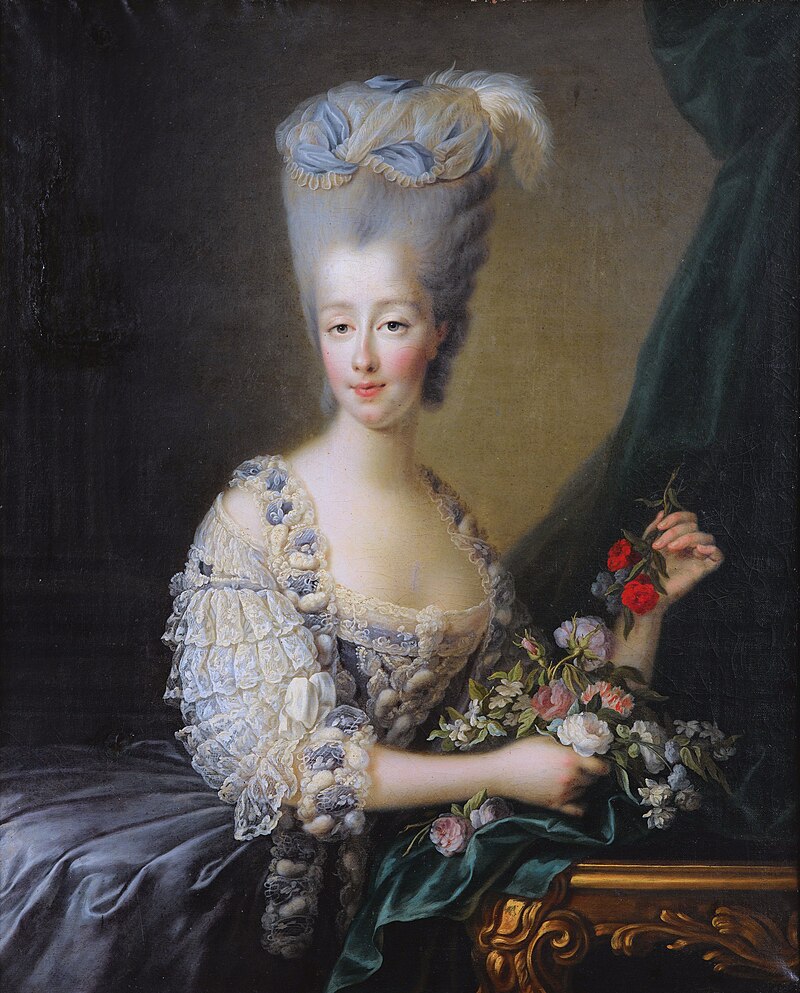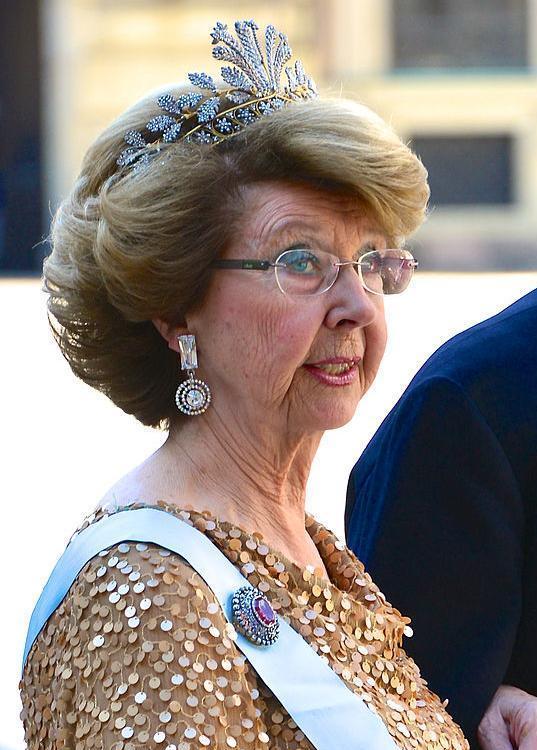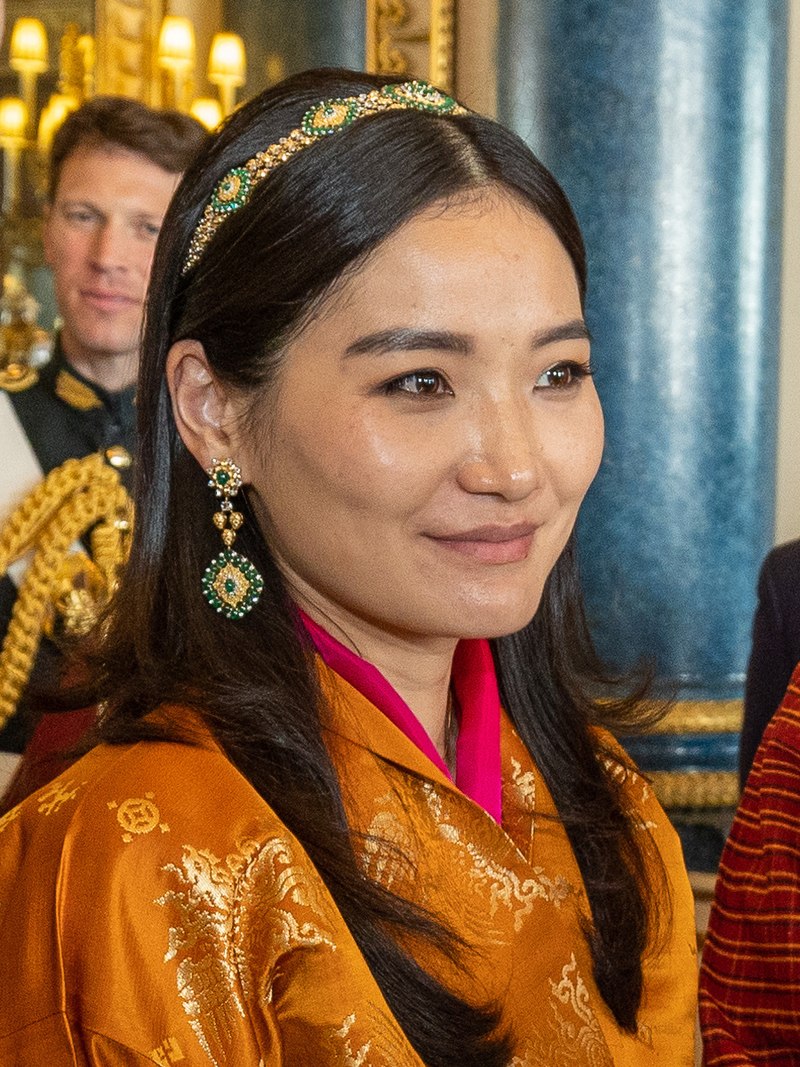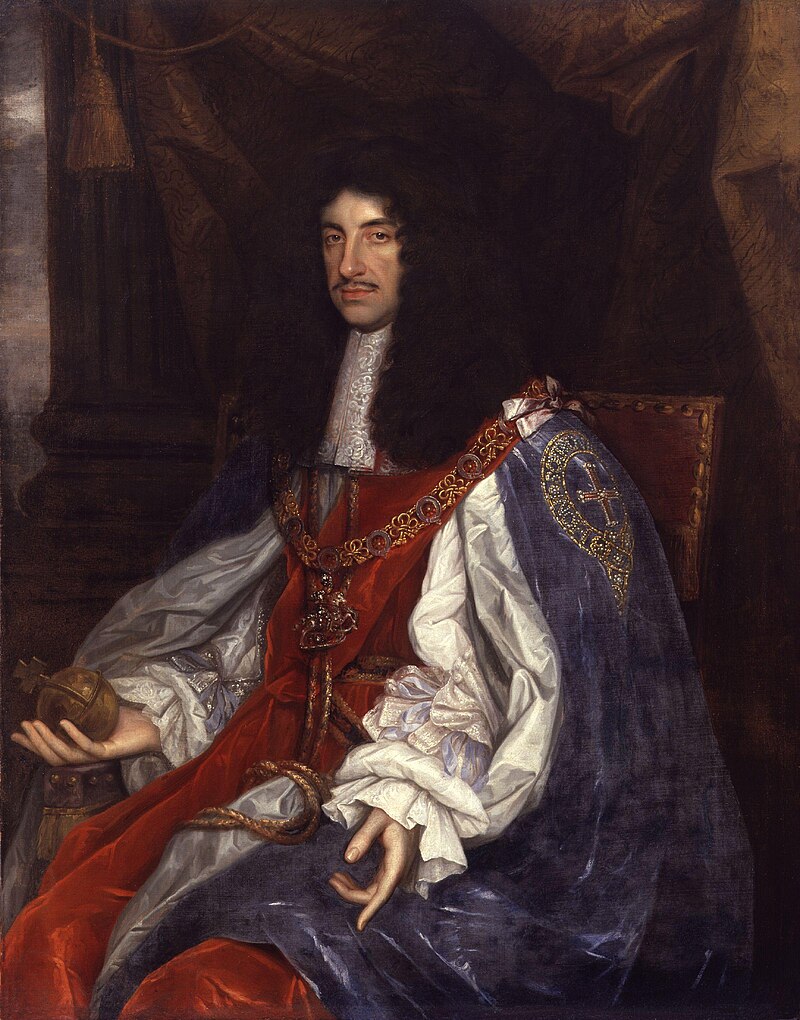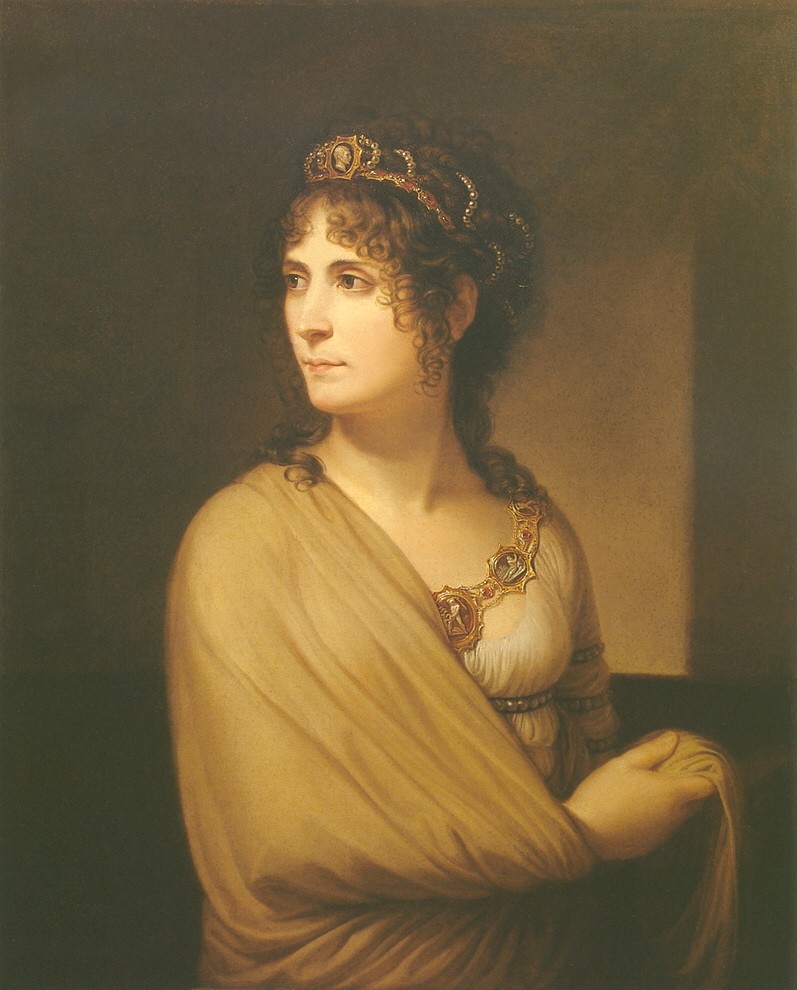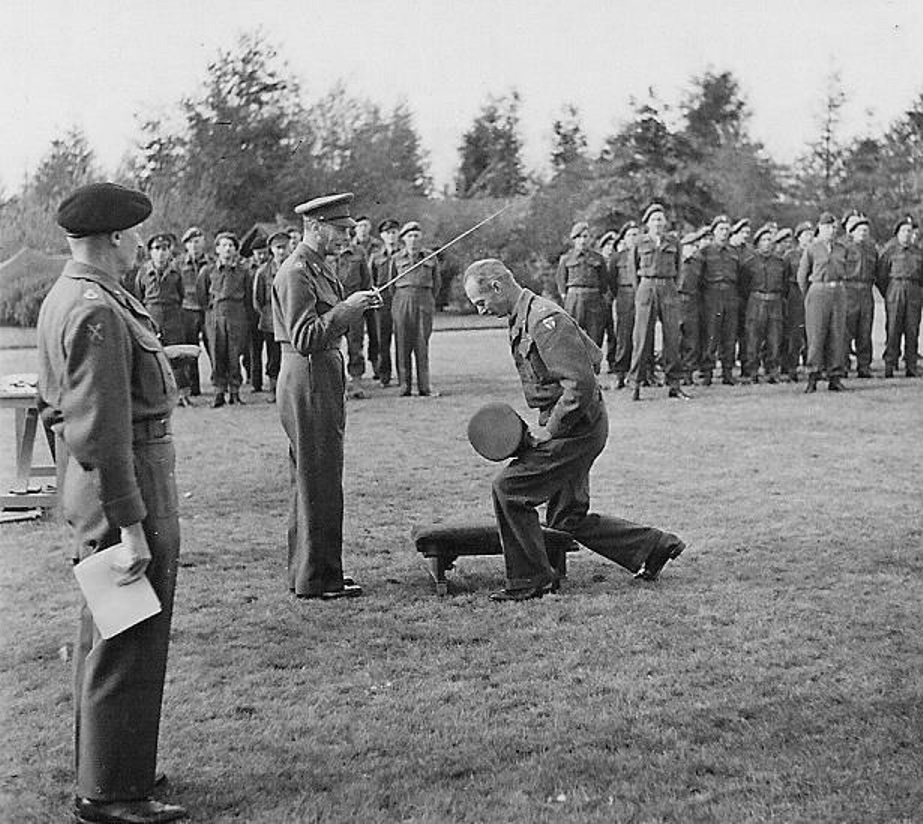© Unofficial Royalty 2024

King Charles IX of France; Credit – Wikipedia
May 30, 1574 – Death of King Charles IX of France at the Château de Vincennes; buried at the Basilica of Saint-Denis near Paris, France
Charles became King of France at the age of ten. The horrific St. Bartholomew’s Day Massacre, in which 5,000 to 30,000 French Protestants were killed called Huguenots, occurred during his reign. Although Charles publicly approved of the results of the St. Bartholomew Day’s Massacre, it left him with a psychological trauma that lasted for the remaining two years of his life. He became increasingly depressed and his already weak constitution could no longer resist the tuberculosis that ravaged his body and he died at the age of 23.
Unofficial Royalty: King Charles IX of France
May 30, 1653 – Birth of Archduchess Claudia Felicitas of Austria, Holy Roman Empress, the second of the three wives and the second cousin of Leopold I, Holy Roman Emperor, in Innsbruck, then in the County of Tyrol, now in Austria
Claudia Felicitas married her second cousin the future Leopold I, Holy Roman Emperor. Claudia Felicitas and Leopold I combined for a gene pool that was also problematic. They were second cousins four times over. Leopold’s parents and Claudia Felicitas’ parents were all double first cousins with each other. All four had the same pair of grandparents Karl II, Archduke of Austria and Maria Anna of Bavaria. Perhaps that is why their two daughters died in infancy. Six months after giving birth to her last daughter, 22-year-old Claudia Felicitas died from tuberculosis on April 8, 1676, less than two-and-a-half years after her marriage.
Unofficial Royalty: Claudia Felicitas of Austria, Holy Roman Empress
May 30, 1718 – Death of Arnold van Keppel, 1st Earl of Albemarle, a favorite of King William III of England, in The Hague, Dutch Republic, now in the Netherlands, buried in The Hague
An ancestor of Queen Camilla, Arnold became a page of honor to Willem III, Prince of Orange. Willem III was the only child of Willem II, Prince of Orange and Mary, Princess Royal, the eldest daughter of King Charles I of England. Willem III married his first cousin the future Queen Mary II of England, the elder of the two surviving daughters of the future King James II of England. After King James II was deposed during the Glorious Revolution, Arnold accompanied Willem and Mary to England where they jointly reigned as William III and Mary II. Arnold became a trusted advisor to William III. Both Queen Anne and King George I held Arnold in high esteem.
Unofficial Royalty: Arnold van Keppel, 1st Earl of Albemarle, favorite of King William III of England
May 30, 1730 – Death of Arabella Churchill, mistress of King James II of England, buried in the grave of her brother Admiral George Churchill at Westminster Abbey in London, England
Arabella was the sister of John Churchill, 1st Duke of Marlborough who gained fame as a military leader and courtier during the reign of Queen Anne. His wife Sarah was Queen Anne’s Mistress of the Robes and confidante. Fifteen-year-old Arabella was sent to court to be a Maid of Honor to the Duchess of York. The Duchess of York, born Anne Hyde, was the wife of King Charles II’s brother James, Duke of York, the future King James II. Arabella captured James’ eye and became his mistress. Arabella and James had four children who were given the surname FitzJames, “son of James”. From their children, Arabella and James are the ancestors of the Earls Spencer and Diana, Princess of Wales as well as of the Dukes of Berwick, the later Dukes of Alba and Cayetana Fitz-James Stuart, 18th Duchess of Alba.
Unofficial Royalty: Arabella Churchill, mistress of King James II of England
May 30, 1824 – Birth of Elizabeth Campbell, Duchess of Argyll, Queen Victoria’s Mistress of the Robes 1868–1870, in London, England
Born Elizabeth Leveson-Gower, daughter of George Sutherland-Leveson-Gower, 2nd Duke of Sutherland, she married George Campbell, 8th Duke of Argyll. Their eldest son John Campbell 9th Duke of Argyll married Queen Victoria’s daughter Princess Louise.
Unofficial Royalty: Elizabeth Campbell, Duchess of Argyll
May 30, 1826 – Birth of Arcadie Claret, mistress of Leopold I, King of the Belgians in Brussels, Belgium
Arcadie Claret was the mistress of Leopold I, King of the Belgians, the uncle of both Queen Victoria and Prince Albert, from around 1842 until he died in 1865. Because their relationship became publicly known and widely discussed in the press, Leopold arranged a marriage between Arcadie and Ferdinand Meyer, his Master of the Stable and friend. This marriage of convenience provided some relief from the intense speculation about Arcadie and her relationship with Leopold. Arcadie and Leopold had two sons together although both were registered as her husband’s children and given the surname Meyer.
Unofficial Royalty: Arcadie Claret, Mistress of Leopold I, King of the Belgians
May 30, 1839 – Birth of Ellen Franz, Baroness von Heldburg, morganatic third wife of Georg II, Duke of Saxe-Meiningen, in Naumberg, Kingdom of Prussia, now in Saxony-Anhalt, Germany
Ellen was an actress who came to the Meiningen Court Theatre in 1867 and appeared in numerous roles over the next six years. Within a year of arriving in Meiningen, Ellen became romantically involved with Georg II, who was still married to his second wife, Feodora of Hohenlohe-Langenburg who would die in 1872. In 1873, Ellen and Georg were married but they had no children. Sharing a love of the theatre with her husband, Ellen worked with him to reform and redevelop the Meiningen Theater. Much of their efforts became known as the Meininger Principles which are still taught in theater schools today. Ellen died on March 24, 1923, at the age of 83. She is buried beside her husband in the Park Cemetery in Meiningen, now in the German state of Thuringia.
Unofficial Royalty: Ellen Franz, Baroness von Heldburg
May 30, 1845 – Birth of King Amadeo I of Spain, born Prince Amadeo of Savoy, Duke of Aosta at the Royal Palace in Turin, Kingdom of Piedmont-Sardinia, now in Italy
Born: Amedeo Ferdinando Maria
Born the son of King Vittorio Emanuele II (King of Piedmont-Sardinia and later first King of Italy), Amedeo briefly reigned as the only King of Spain from the House of Savoy. After the exile of Queen Isabella II of Spain, the Spanish Cortes (Parliament) elected Amedeo the new King of Spain. After an attempt to assassinate him, Amedeo I declared his frustration with the complications of Spanish politics: “I do not understand anything. We’re in a mad cage.” Without popular support, Amedeo abdicated the Spanish throne.
Unofficial Royalty: King Amadeo I of Spain
May 30, 1871 – Birth of Leopold IV, Prince of Lippe in Oberkassel, Kingdom of Prussia, now in Bonn, Germany
Full name: Leopold Julius Bernhard Adalbert Otto Karl Gustav
During Leopold IV’s reign, there was much economic and cultural advancement. The major building projects provided much-needed employment for the people of Lippe. Christ Church in Detmold was built in 1908 to accommodate the growing Protestant community which had outgrown the small Church of the Redeemer. It is the burial site of Leopold IV, his two wives, and most of their children. Leopold was the last reigning Prince of Lippe, abdicating on November 12, 1918. He negotiated a treaty with the new government allowing his family to remain in Lippe.
Unofficial Royalty: Leopold IV, Prince of Lippe
May 30, 1891 – Death of Vilhelmine Marie of Denmark, Duchess of Schleswig-Holstein-Sonderburg-Glücksburg, daughter of King Frederik VI of Denmark, at Schloss Glücksburg in Schleswig-Holstein, Prussia, German Empire, now in Schleswig-Holstein, Germany; buried in the Ducal Mausoleum in the Neuer Friedhof Glücksburg (New Cemetery Glücksburg)
Vilhelmine Marie’s first marriage to the future King Frederik VII of Denmark was unhappy and the couple divorced. She made a second marriage to Karl, Duke of Schleswig-Holstein-Sonderburg-Glücksburg, elder brother of Prince Christian of Schleswig-Holstein-Sonderburg-Glücksburg, the future King Christian IX of Denmark who would succeed King Frederik VII, Vilhelmine Marie’s thrice-married but childless first husband. Vilhelmine Marie’s second marriage was a happy one but it was childless. In 1864, after the Second Schleswig War, which Denmark lost, Karl’s duchy was annexed by Prussia and Karl lost his ducal title. Vilhelmine Marie and Karl were able to live at the family ancestral home Schloss Glücksburg and Karl died there in 1878. Vilhelmine Marie’s charitable work made her popular in Glücksburg. She was sad about Denmark’s loss of the Schleswig-Holstein duchies but the new Danish dynasty founded by her brother-in-law King Christian IX gave her much joy. Eventually, she became more and more isolated as her hearing loss made it difficult to communicate. Vilhelmine Marie survived her husband Karl for thirteen years, dying on May 30, 1891, at the age of 83
Unofficial Royalty: Vilhelmine Marie of Denmark, Duchess of Schleswig-Holstein-Sonderburg-Glücksburg
May 30, 1904 – Death of Friedrich Wilhelm, Grand Duke of Mecklenburg-Strelitz at Schloss Neustrelitz in Neustrelitz, Grand Duchy of Mecklenburg-Strelitz, now in Mecklenburg-Vorpommern, Germany; buried at the New Crypt at the Johanniterkirche in Mirow, Grand Duchy of Mecklenburg-Strelitz, now in Mecklenburg-Vorpommern, Germany
Friedrich Wilhelm married Princess Augusta of Cambridge. She was the daughter of Prince Adolphus, Duke of Cambridge (a son of King George III of the United Kingdom) and Friedrich Wilhelm’s maternal aunt Princess Augusta of Hesse-Kassel. Friedrich Wilhelm and Augusta were first cousins through their mothers and second cousins through their fathers.
Unofficial Royalty: Friedrich Wilhelm, Grand Duke of Mecklenburg-Strelitz
May 30, 1906 – Birth of Princess Theodora of Greece and Denmark, Margravine of Baden, sister of Prince Philip, Duke of Edinburgh, at Tatoi Palace in Greece
Theodora married Berthold, Margrave of Baden, the son of Maximilian, Margrave of Baden and Princess Marie Luise of Hanover. The couple was second cousins through their mutual descent from King Christian IX of Denmark.
Unofficial Royalty: Princess Theodora of Greece and Denmark, Margravine of Baden
May 30, 1968 – Death of Prince Ludwig of Hesse and by Rhine, Head of the House of Hesse 1937 – 1968, son of Ernst Ludwig, the last Grand Duke of Hesse and by Rhine and his second wife Eleonore of Solms-Hohensolms-Lich, in Frankfurt, Germany; buried at Rosenhohe in Darmstadt, Hesse, Germany
Ludwig was a godparent of Prince Edward, Duke of Edinburgh, the youngest child of Queen Elizabeth II and Prince Philip, Duke of Edinburgh who was Ludwig’s first cousin once removed.
Unofficial Royalty: Prince Ludwig of Hesse and by Rhine
This article is the intellectual property of Unofficial Royalty and is NOT TO BE COPIED, EDITED, OR POSTED IN ANY FORM ON ANOTHER WEBSITE under any circumstances. It is permissible to use a link that directs to Unofficial Royalty.
